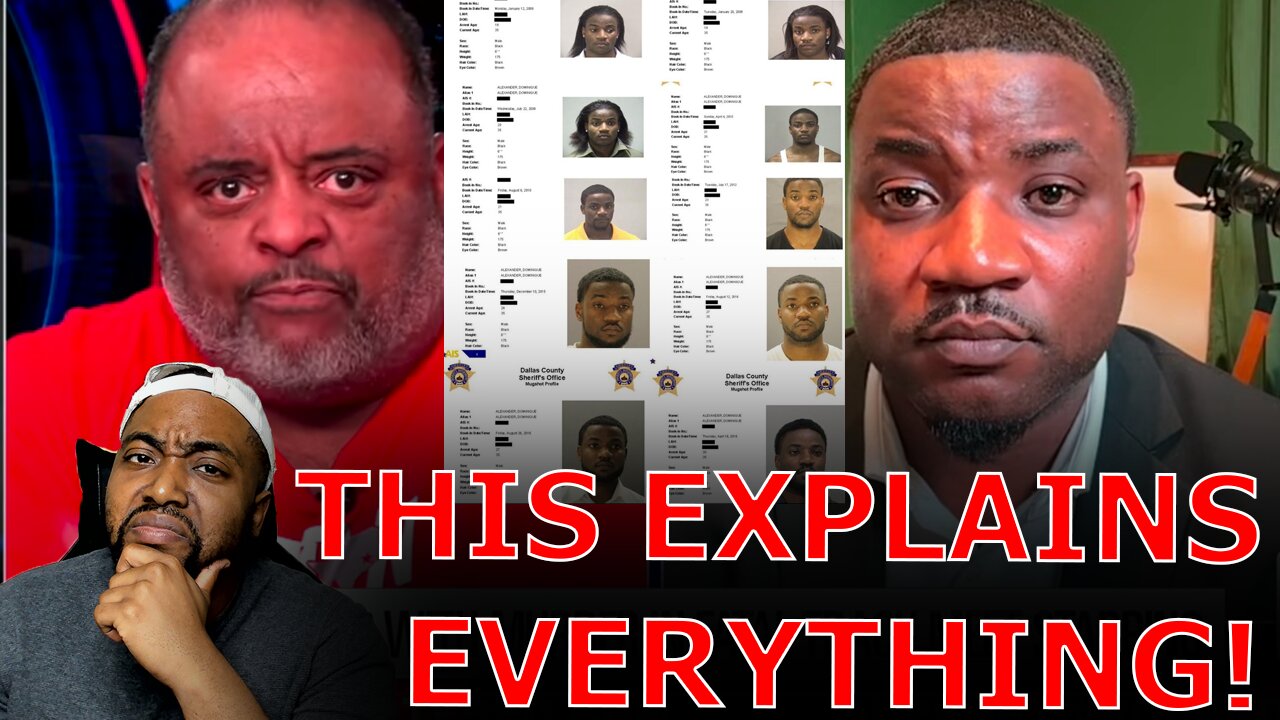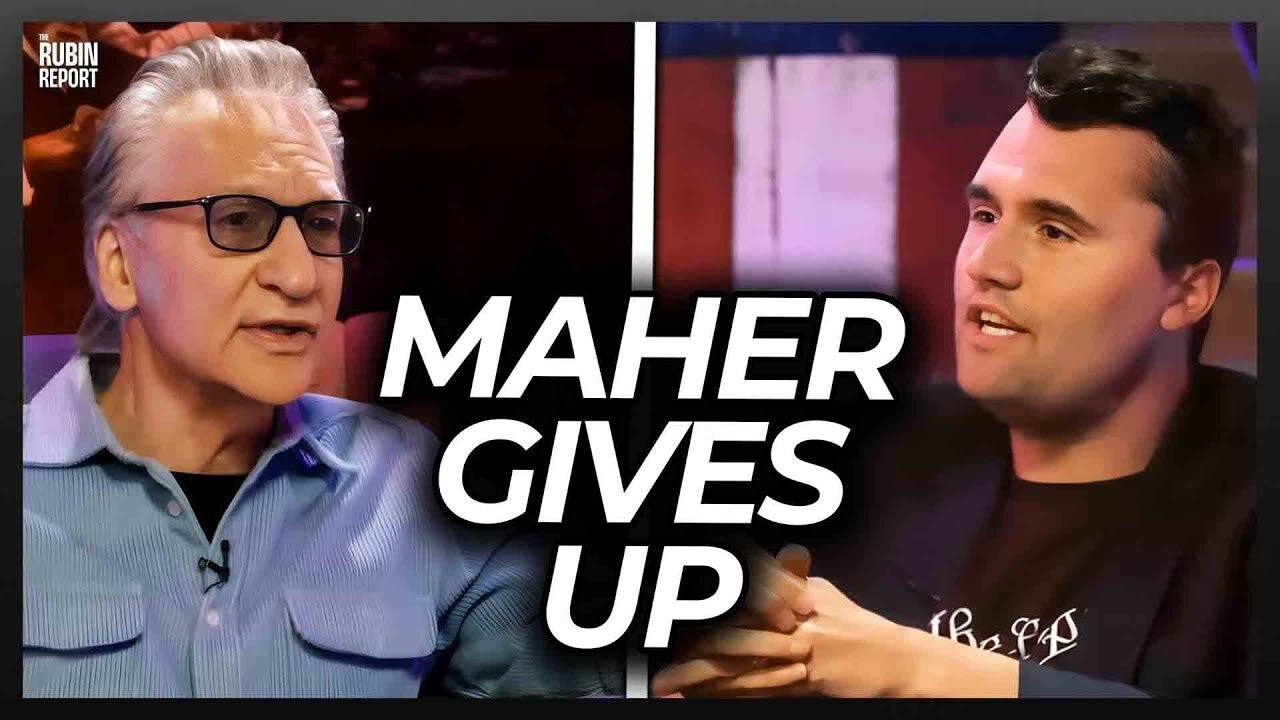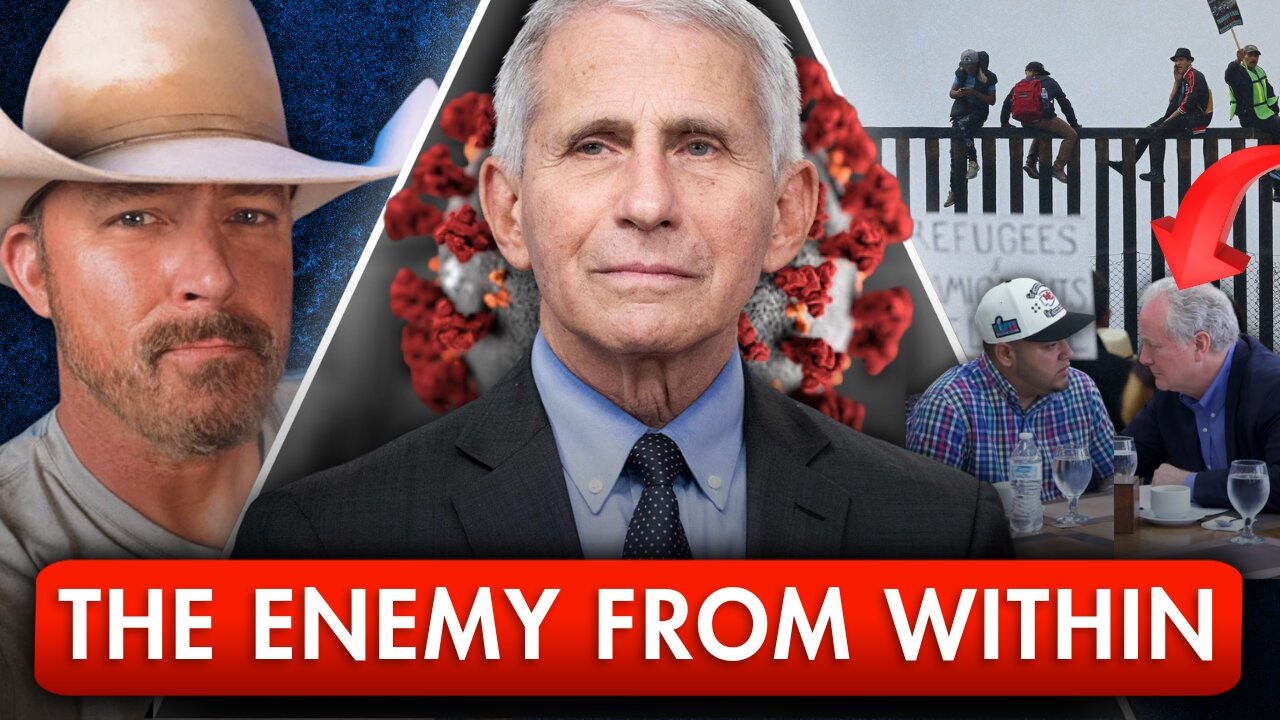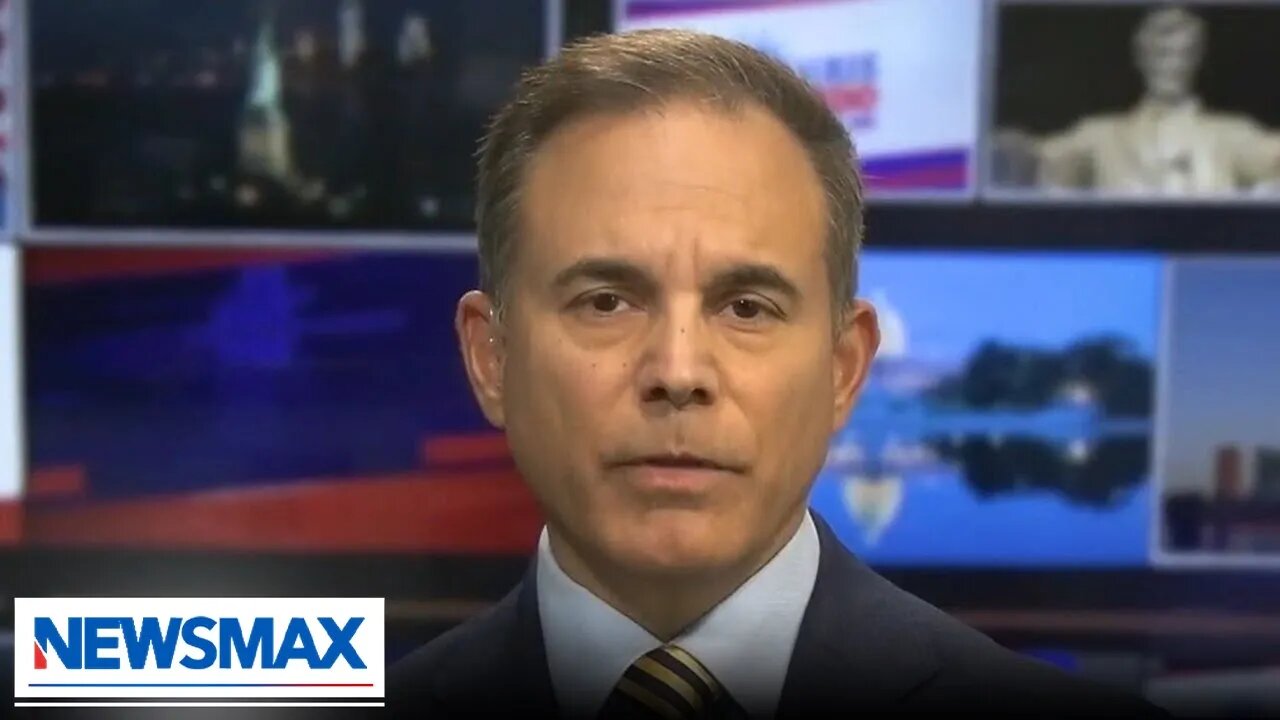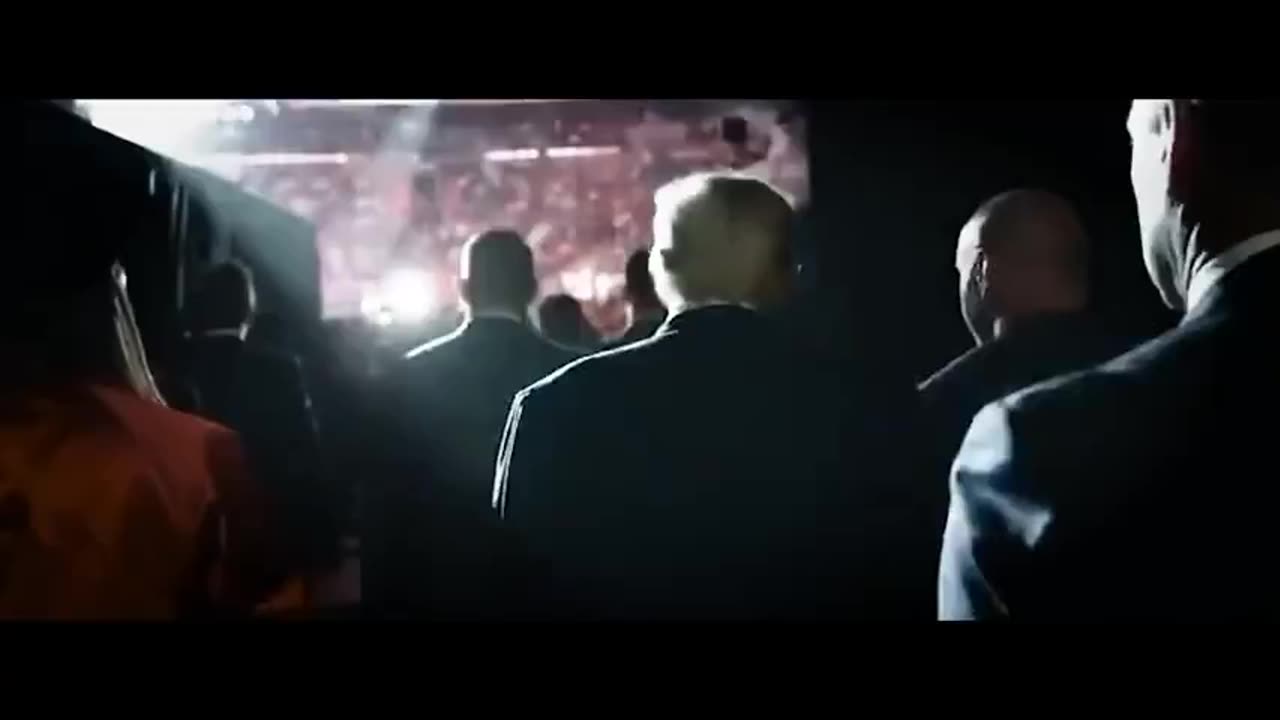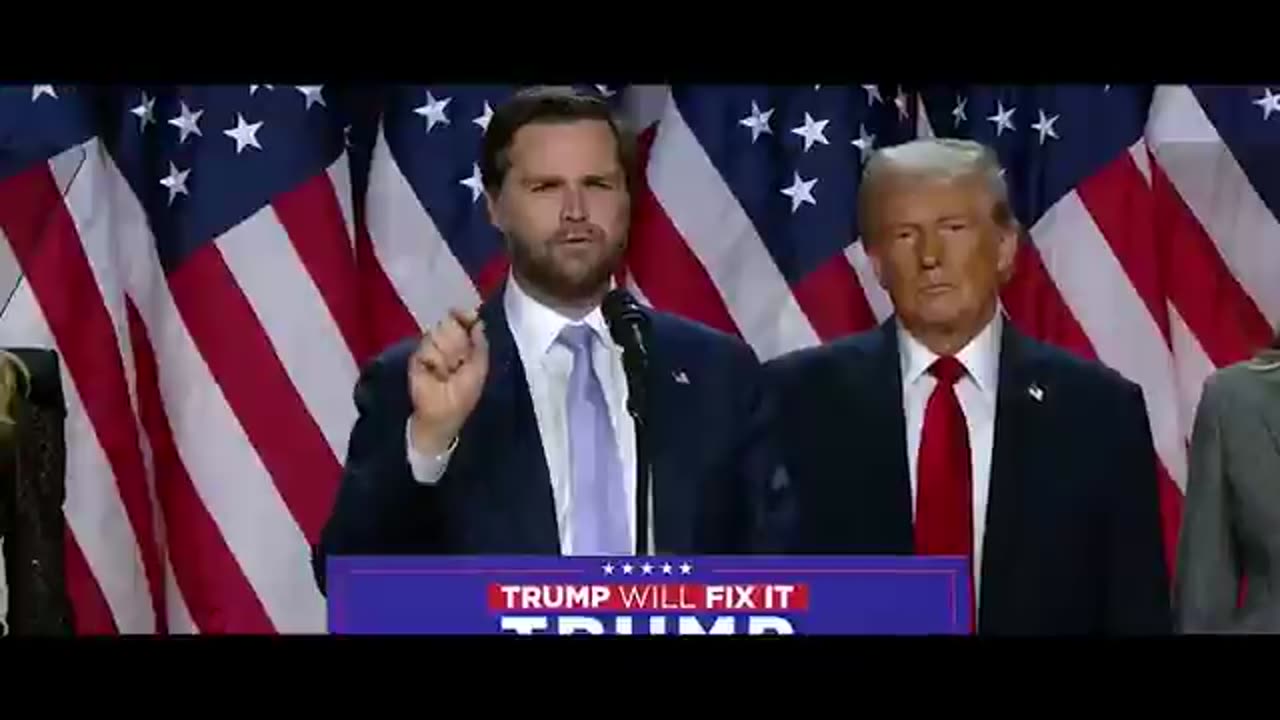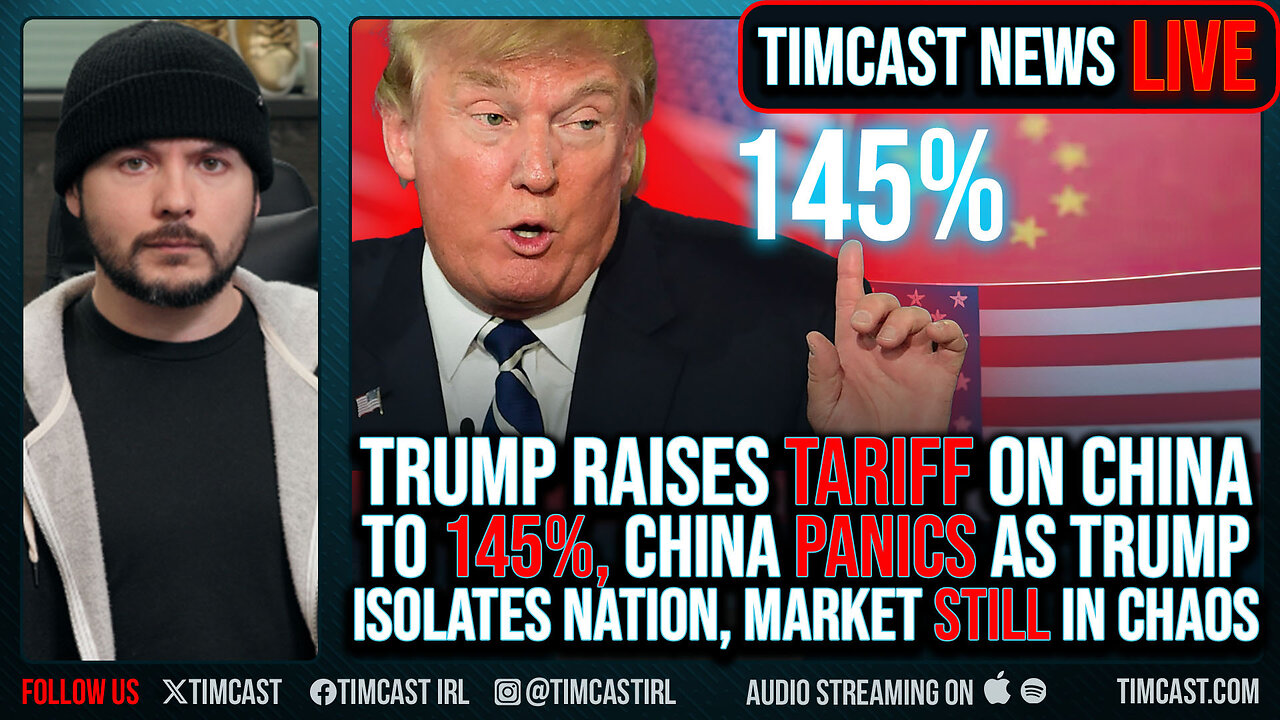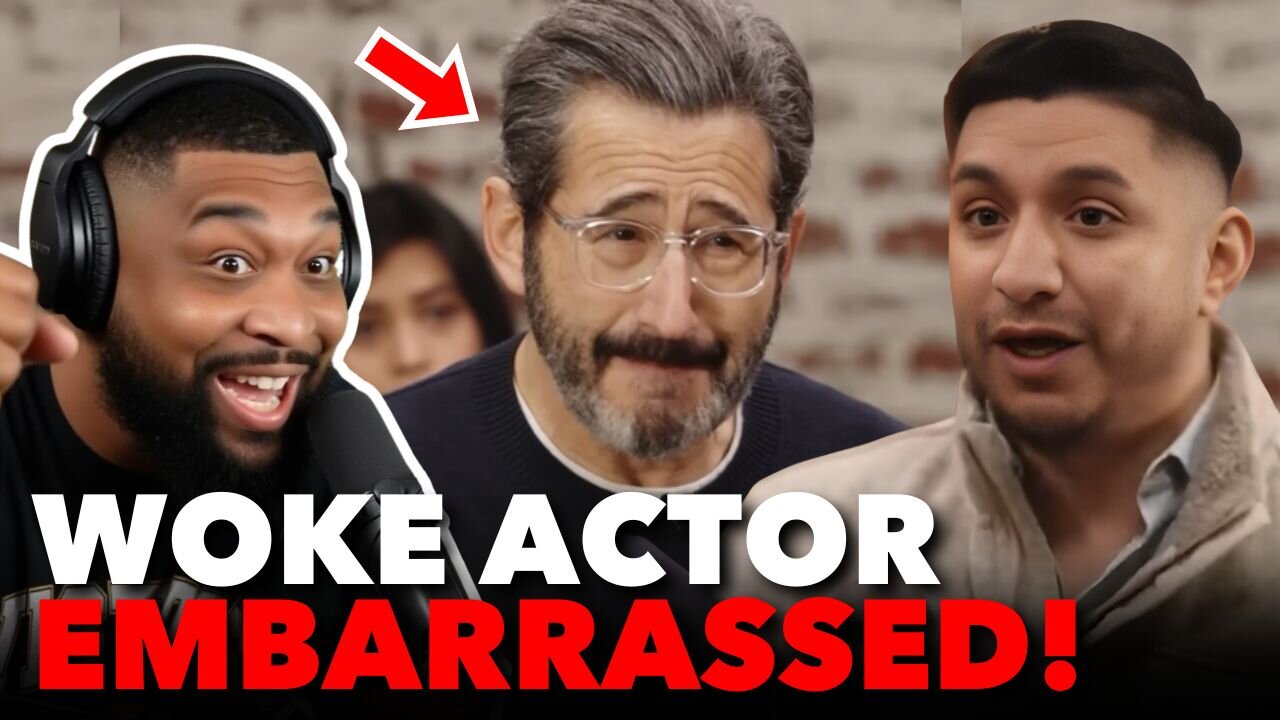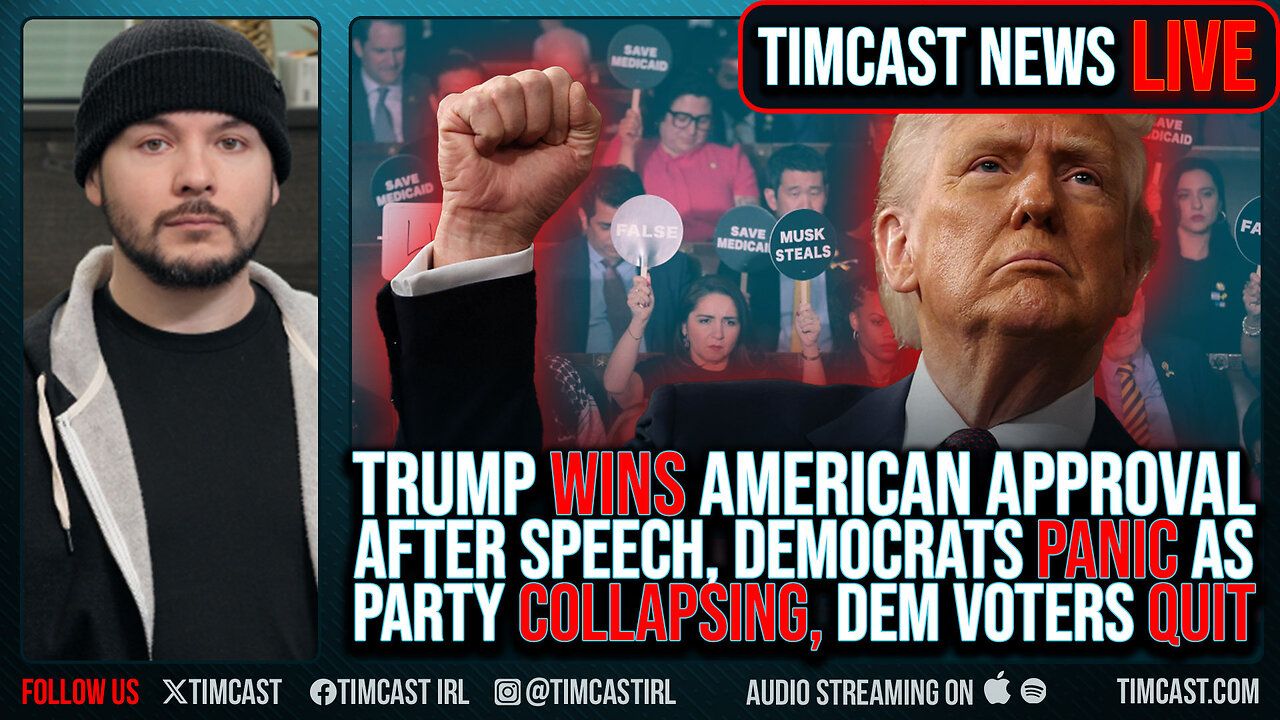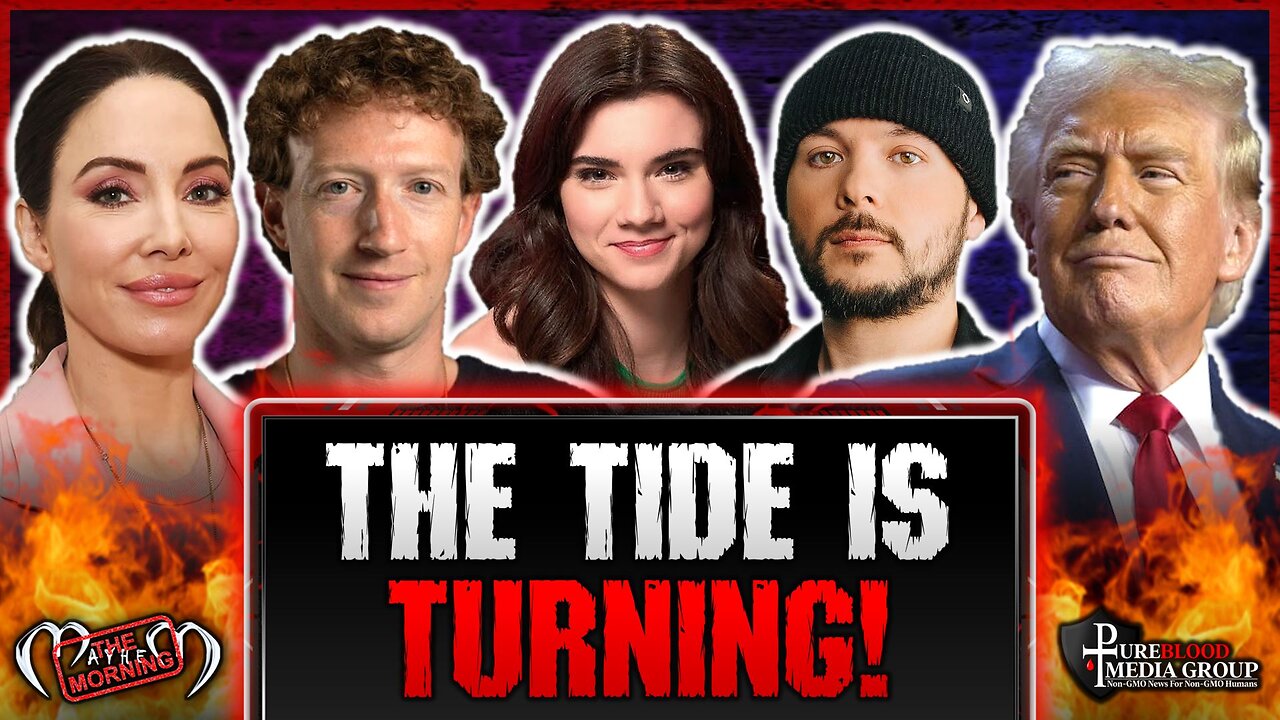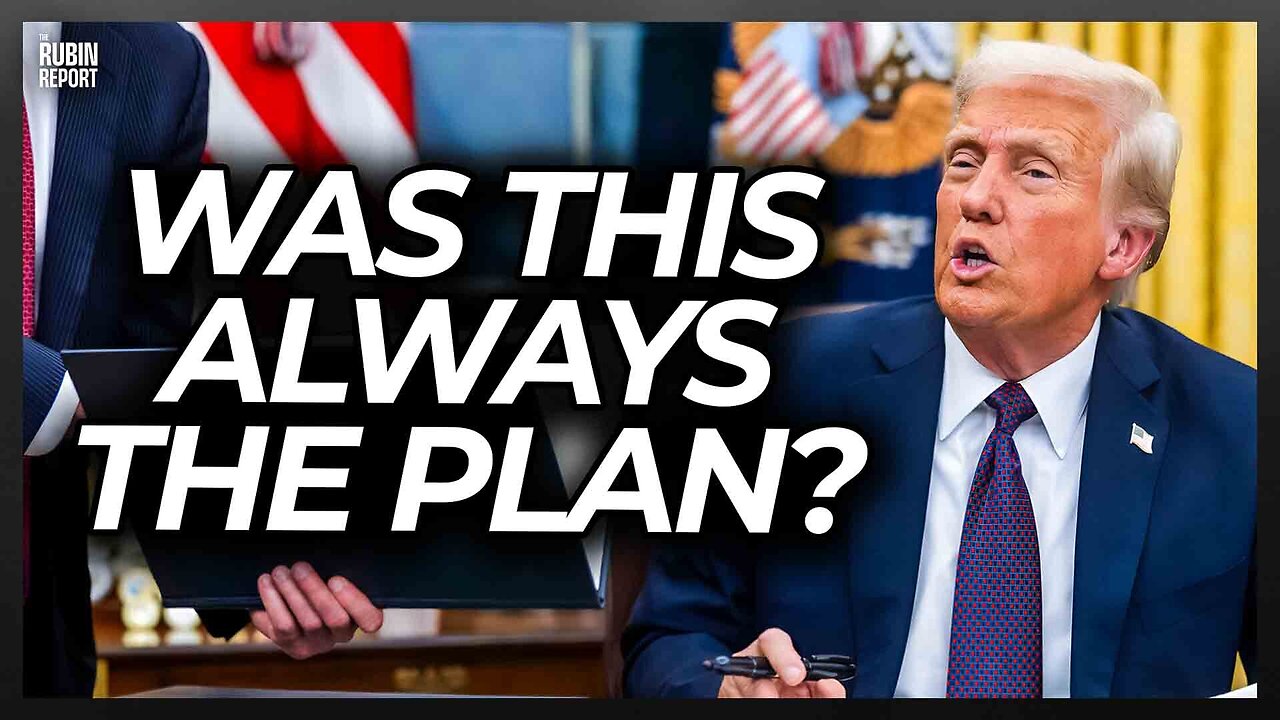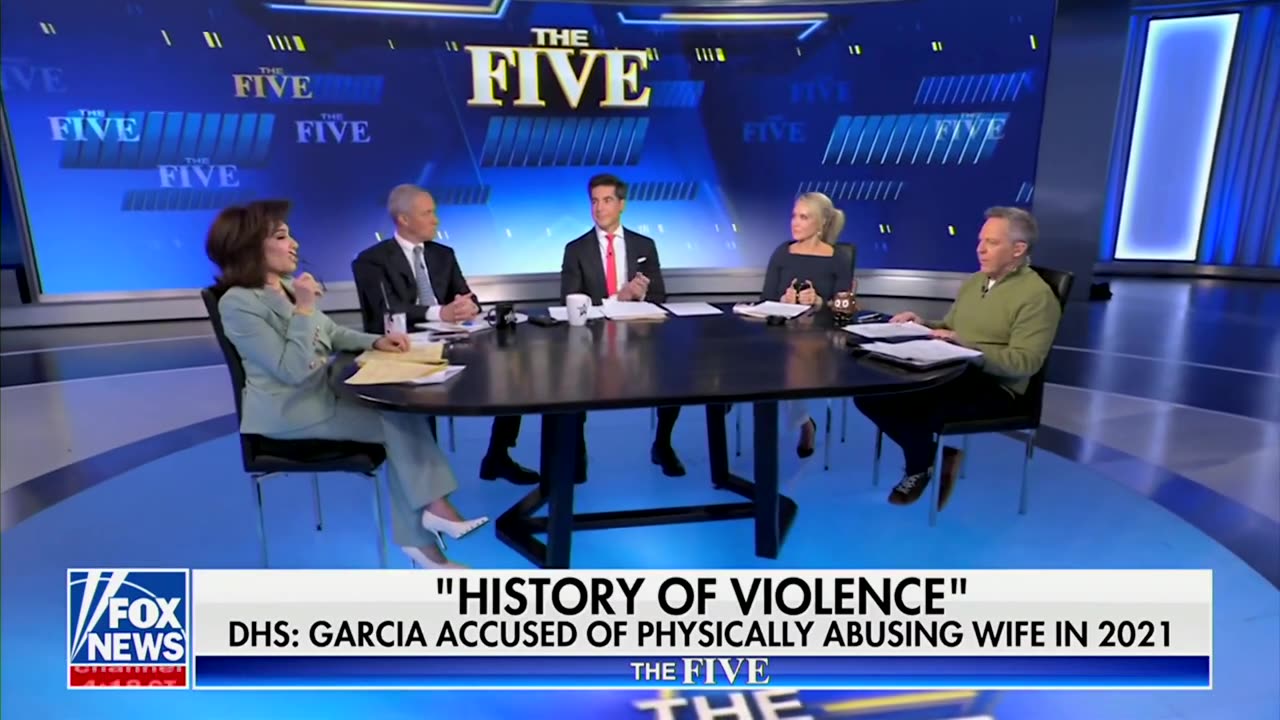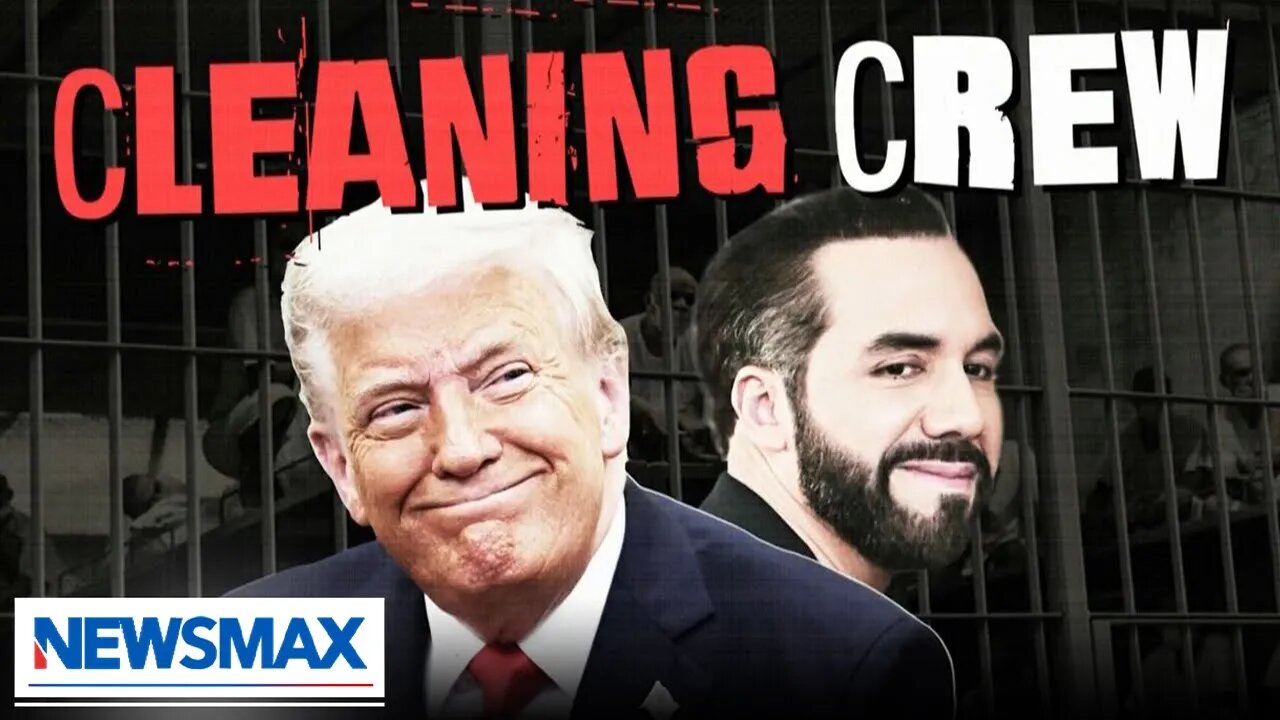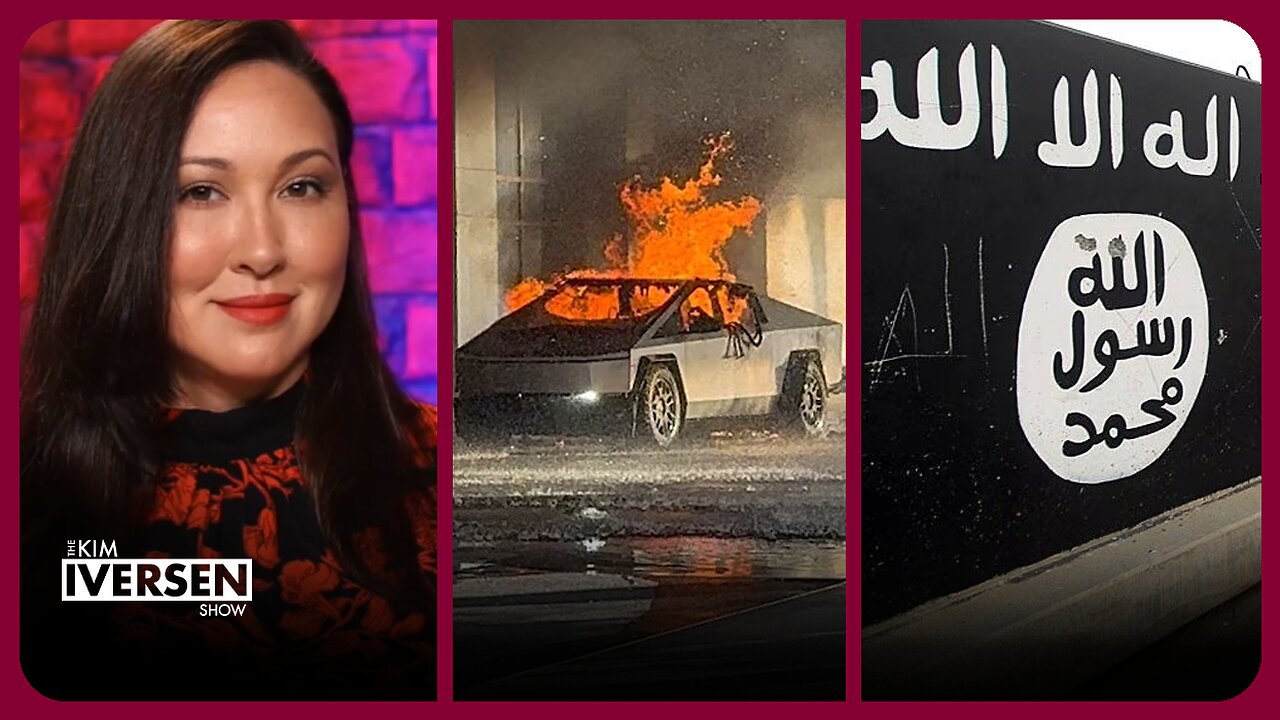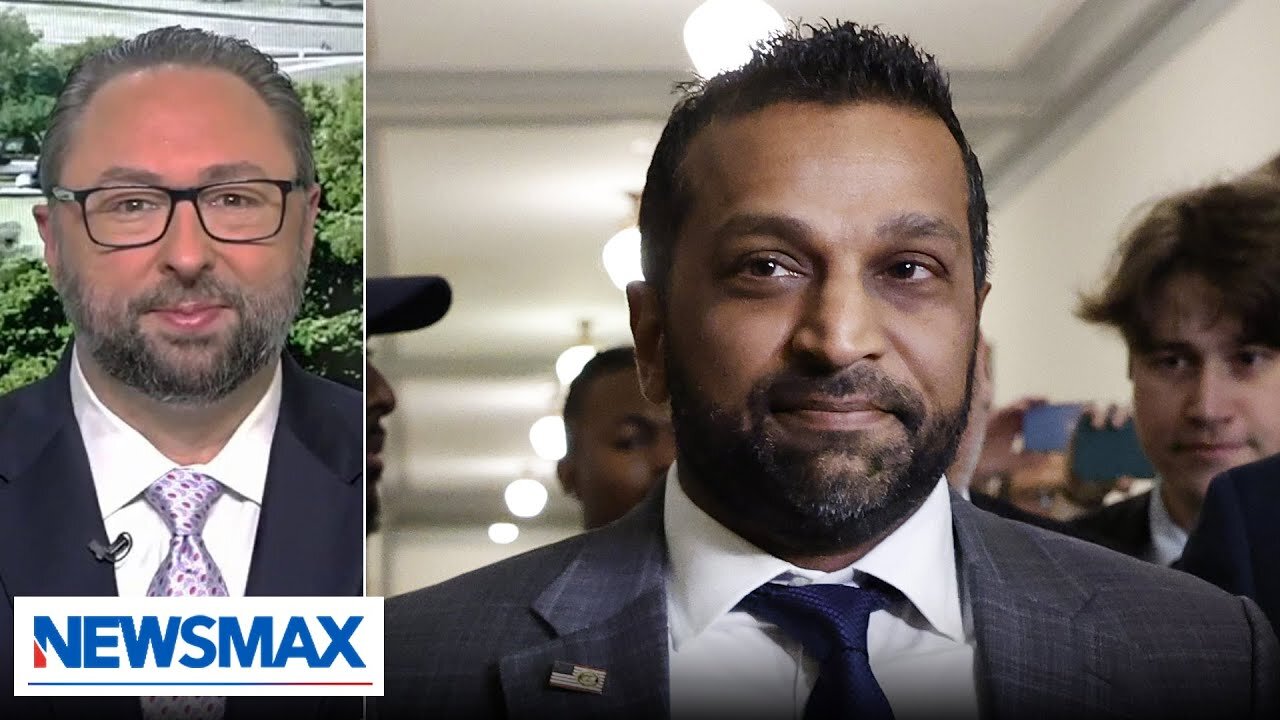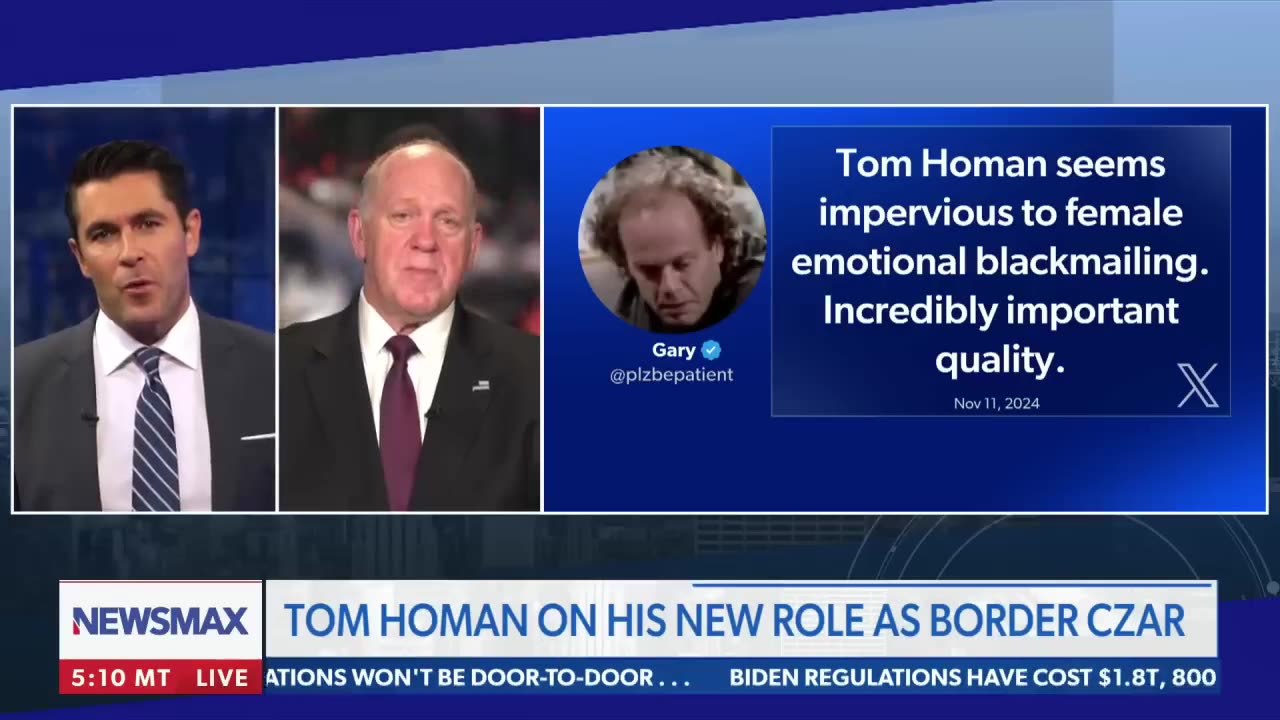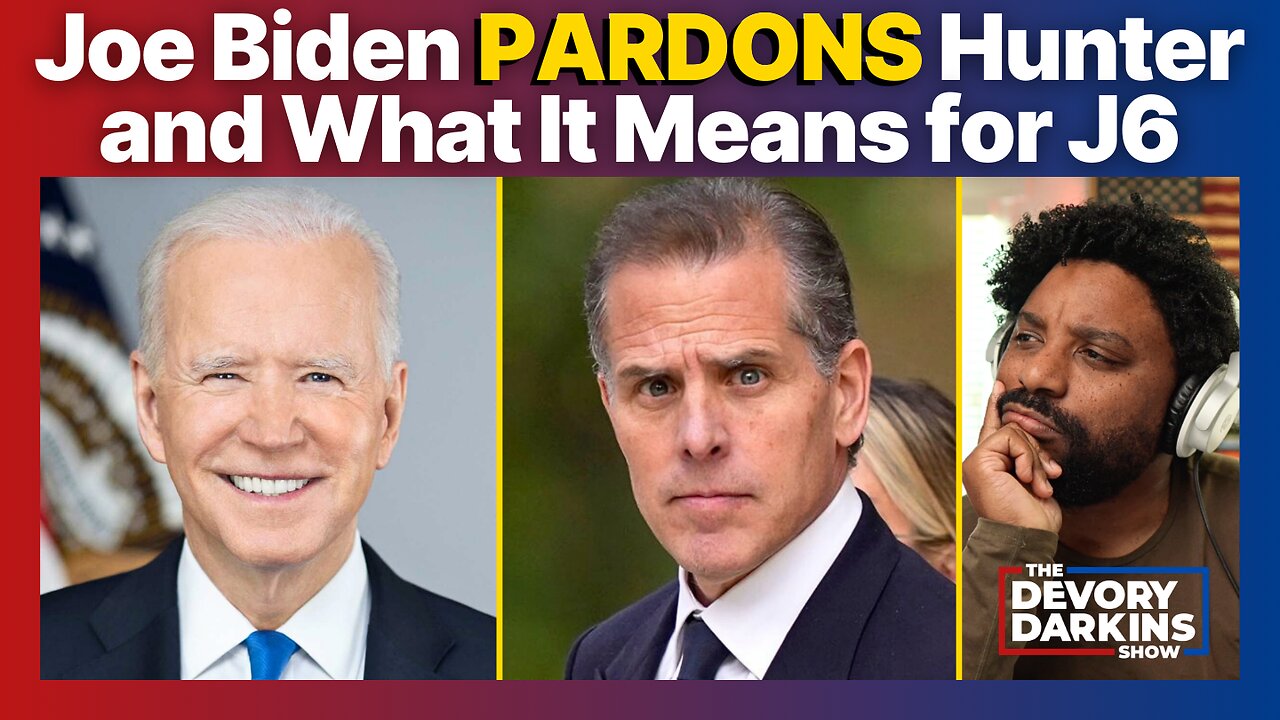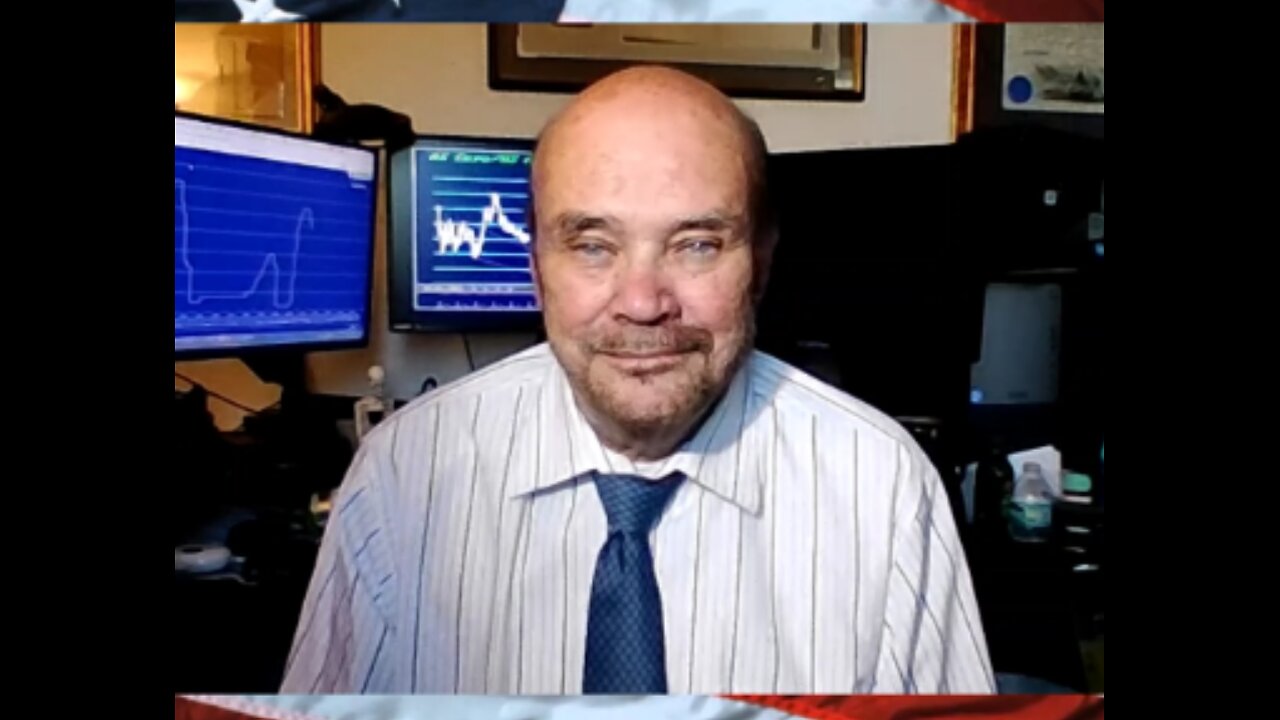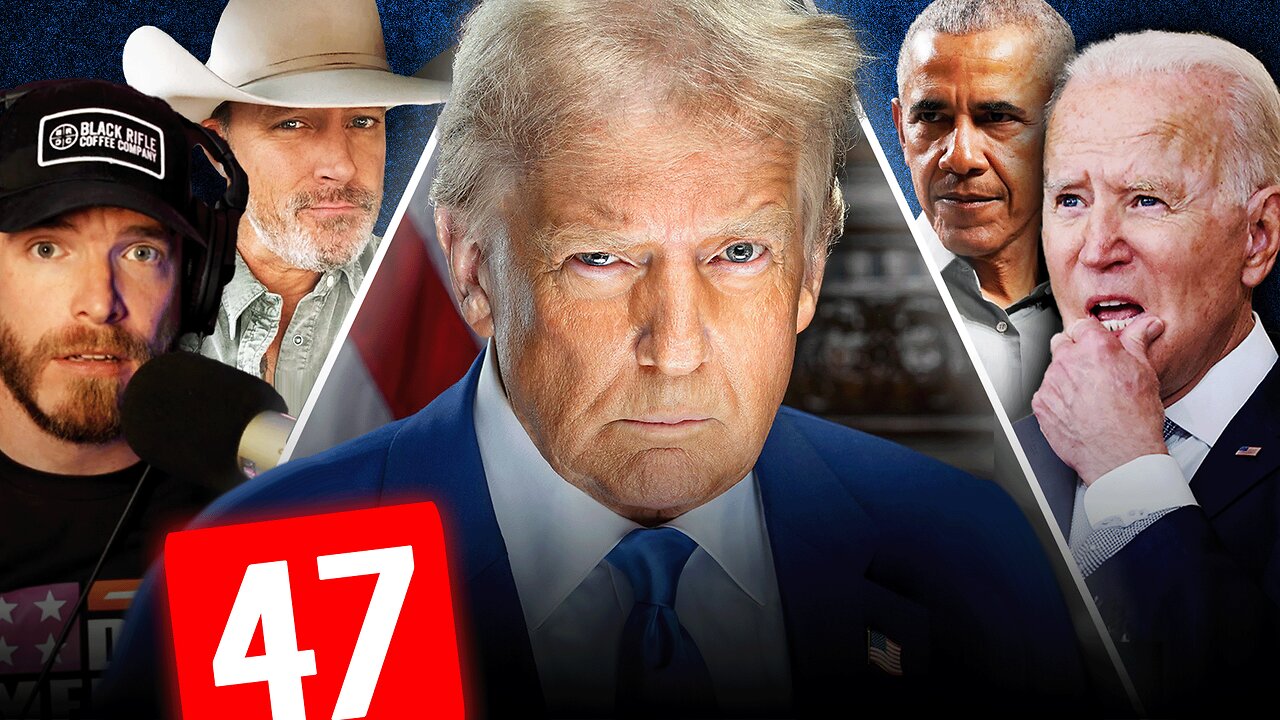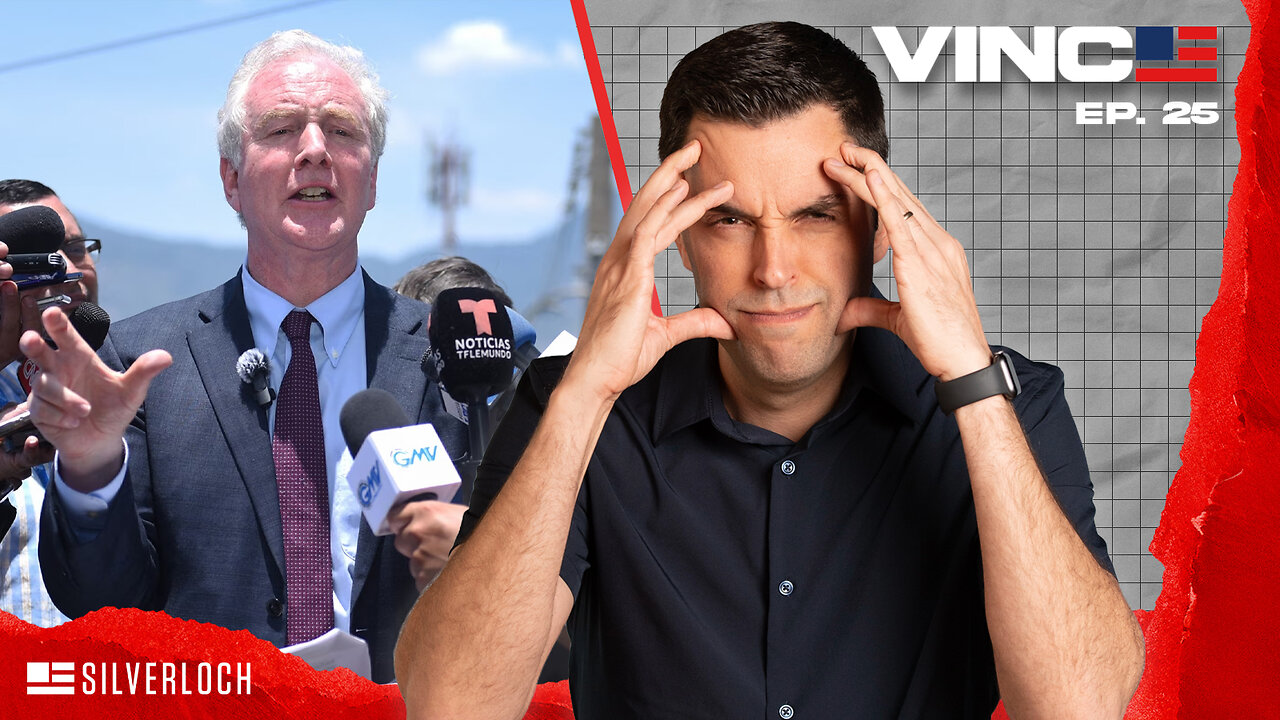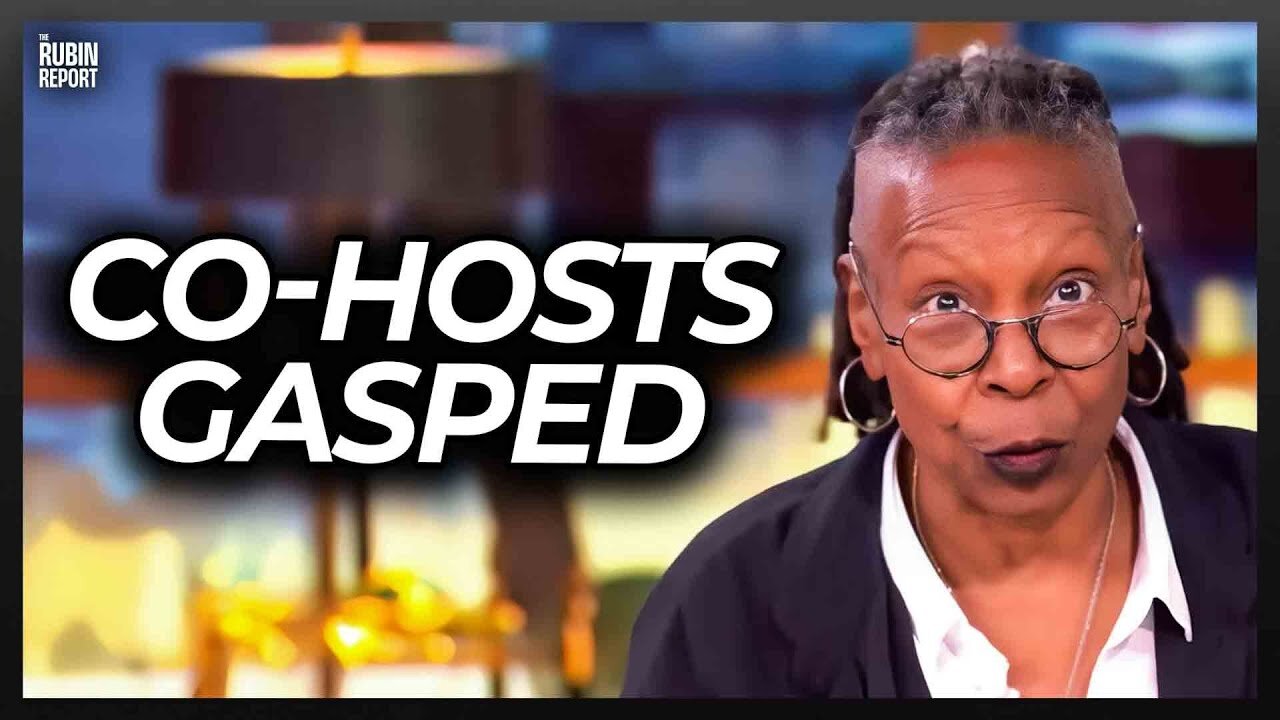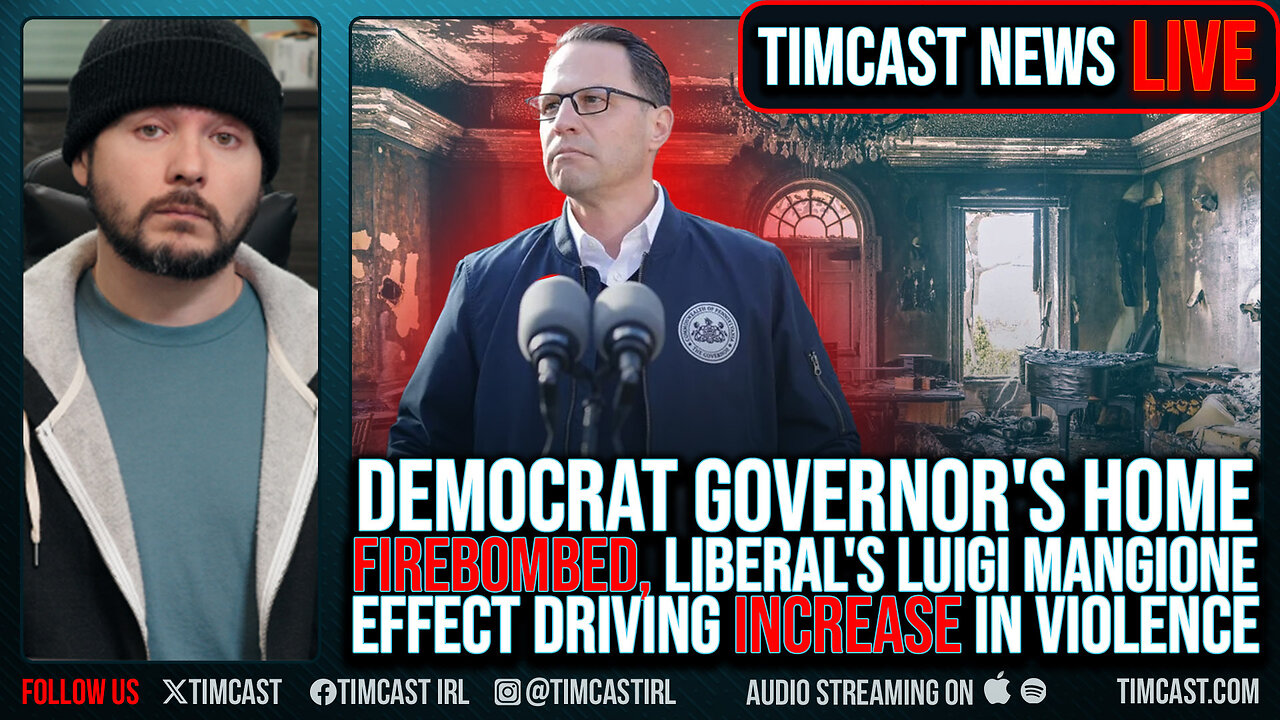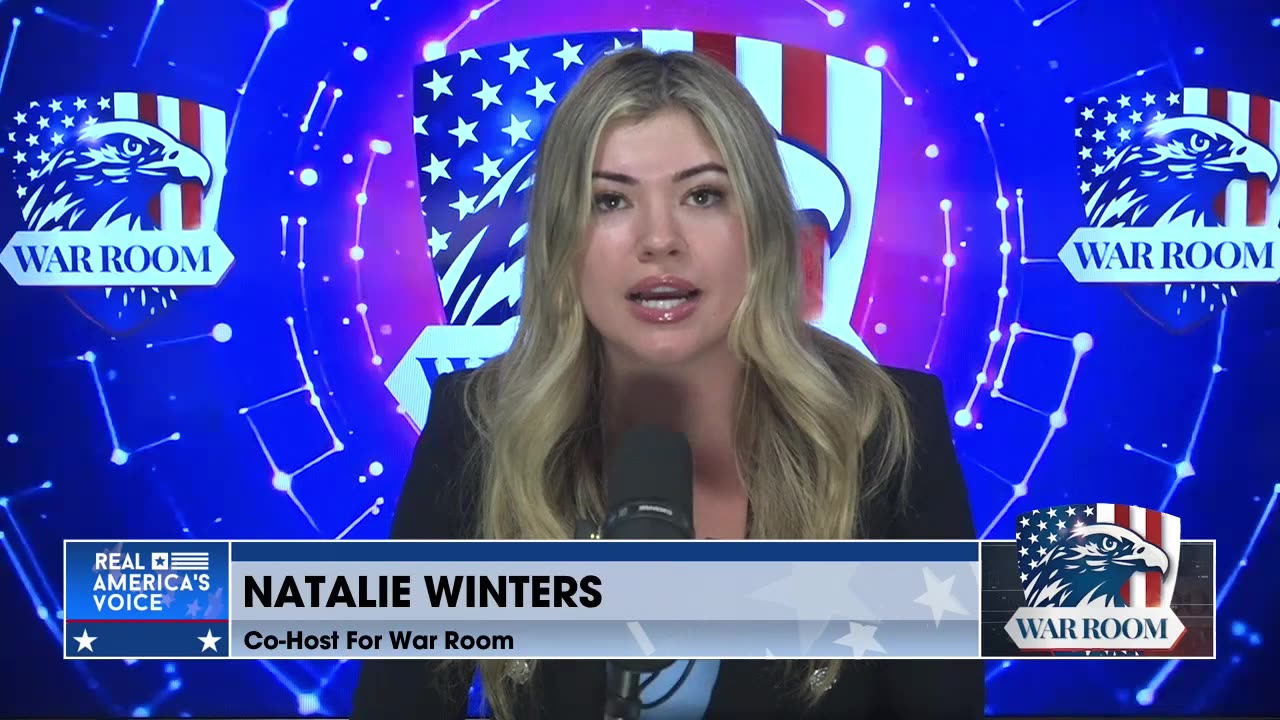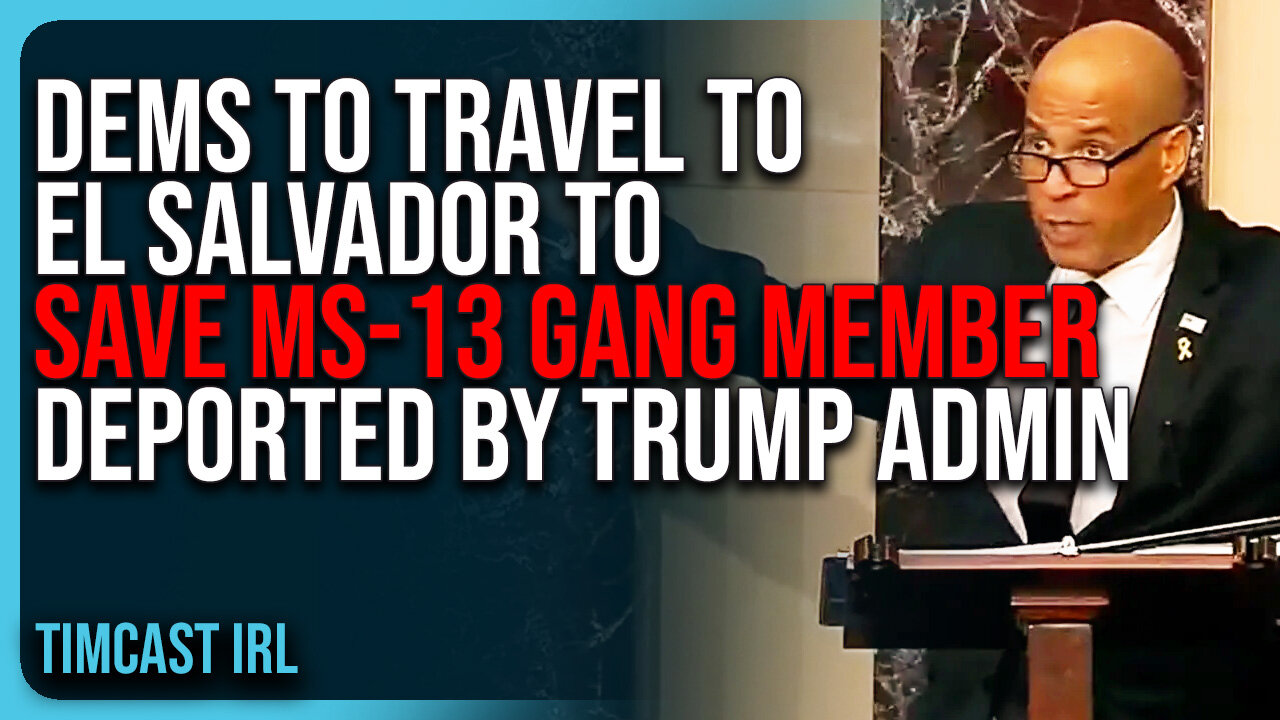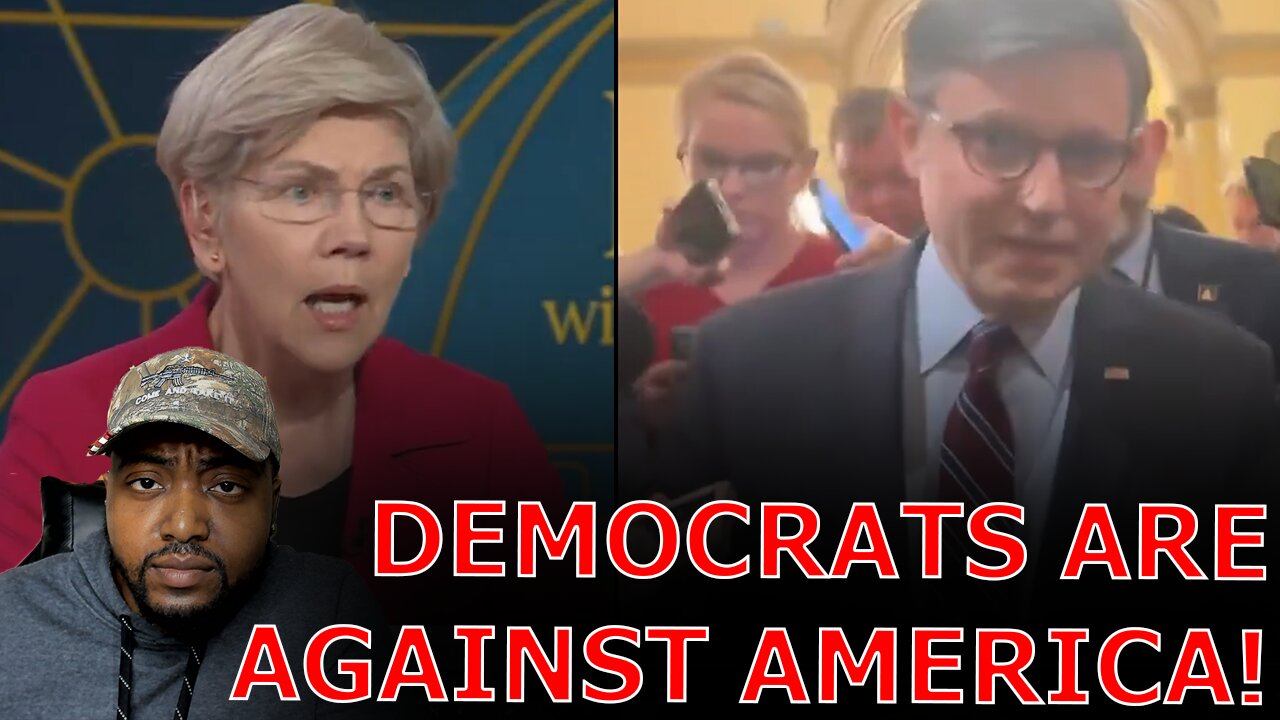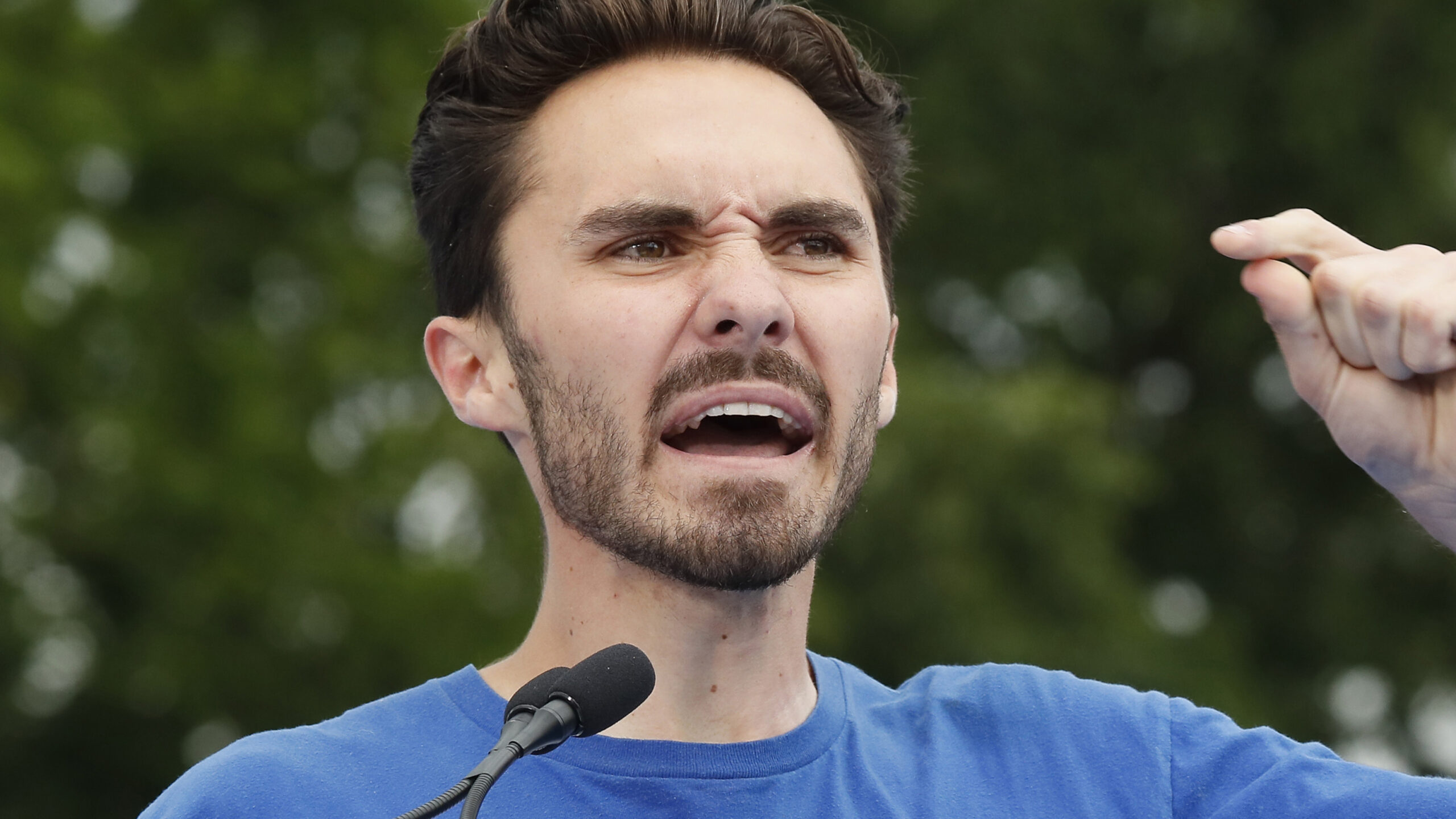Pro-violence agitators yelling ‘fire’ in a crowded theater?


The death of George Floyd while in police custody in May of 2020, fueled by the hateful rhetoric of racial activists, led to extensive civil unrest and violence across the country. The massacre of 1,200 Israelis during the Oct. 7, 2023, raid by Hamas, initiating Israel’s war into Gaza, has led to the hateful anti-Semitic rhetoric we now hear on college campuses, also causing endless waves of civil unrest and violence across the country.
We are living in a time when we must examine whether existing limits on free speech while sufficient are simply being ignored, preventing us from snuffing out the anger, violence, death and destruction fuse that has proven to be easily lit by such hateful rhetoric – or whether additional restrictions need to be applied.
Let us take a brief look at where the law of the land stands on this issue.
A great jurist in American history was Oliver Wendell Holmes – an associate justice on the Supreme Court of the United States for three decades (1902-1930). A committed defender of the First Amendment, he was known for formulating the “clear and present danger” doctrine in the 1919 Schenk v. United States case that held the U.S. government could only restrict free speech when it posed such a danger to the national interest.
In a nutshell, the focus of the case was whether socialist Charles Schenk had a right to violate a U.S. law (Espionage Act) during World War I by distributing leaflets claiming the draft violated a constitutional ban against involuntary servitude, encouraging peaceful insubordination and seeking to obstruct recruitment. Schenk defended his actions, asserting he had a First Amendment right to do so. In a unanimous opinion, Holmes denied Schenk’s defense.
Holmes rationalized that the Espionage Act was an appropriate exercise of congressional wartime authority, even though constitutional rights were at stake, and that courts owed greater deference to our government in times of war.
Articulating the doctrine for the first time, he concluded that the First Amendment does not protect speech that seeks to create a “clear and present danger” of an evil Congress has the power to prevent. Schenk’s leaflet distribution effort sought to disrupt the conscription process necessary for the U.S. to fight a declared war. Holmes famously compared Schenk’s effort to one who falsely shouts “Fire!” in a crowded theater – an act which, also, is impermissible under the First Amendment.
Even Holmes acknowledged later that a stricter standard should be developed to ensure adequate First Amendment protections. It would take 37 years after Holmes retired from the high court at age 90, for that standard to be found, abrogating the Schenk standard.
The 1969 Brandenburg v. Ohio case involved a KKK leader speaking at a Klan rally who made numerous derogatory racial slurs, adding, “It’s possible that there might have to be some vengeance [sic] taken.”
What is now known as the Bradenburg test found the government may ban speech promoting force or criminal actions only if it meets a two-part test:
1. The speech is “directed to inciting or producing imminent lawless action,” AND
2. The speech is “likely to incite or produce such action.”
What this two-part test tells us is that the government may forbid certain speech aimed at inciting listeners but only if it meets the two-part test above. Thus, inciting a mob to act imminently to attack a nearby target can be banned but inciting it to take action at some future unspecified time is not.
In light of the Brandenburg decision, it would seem the administration of President Joe Biden overstepped its limits with its persecutions under the Freedom of Access to Clinic Entrances (FACE) Act. The focus of the FACE Act is to protect those seeking access to reproductive health care clinics, and the providers therein, from force, threats of force and physical obstruction. It has been used – and abused – by Biden to charge those simply standing in front of such facilities peacefully praying for those seeking access to an abortion, hoping, in the end, they will choose not to abort their unborn children.
It is hypocritical that while free speech enables purveyors of hatred and violence to do so simply because their content lacks immediacy of action, peaceful prayer in front of an abortion facility can trigger federal prosecution. Thus, a legal loophole for hateful rhetoric still exists as long as one promotes violence by not encouraging the mob to do today that which it can do tomorrow.
Holmes once noted, “A man’s mind, stretched by new ideas, may never return to its original dimensions.” It is something we need to reflect upon today. In bestowing the First Amendment upon us, the “original dimension” of our Founding Fathers’ collective mind was to ensure that, by exercising it, we would never fall victim to those seeking to harness their power over us. However, that original dimension of mind concerning the First Amendment is stretched by the reality today it is being used aggressively by some activists to impose violence upon society.
Holmes recognized a government ban on speech was in our national interests as deference had to be given to the fact that America was at war. While we are not at war today, with all the domestic divisiveness we see, major fears exist we may be on the brink of another civil war.
Consideration needs to be given to tightening up the Brandenburg test, perhaps by deleting the immediacy requirement. Despite a speaker’s call for future violence, as we witness today, it takes little to create an unsafe environment in which the mob opts to act now rather than later – effectively yelling “fire” in a crowded theater.
What's Your Reaction?
 Like
0
Like
0
 Dislike
0
Dislike
0
 Love
0
Love
0
 Funny
0
Funny
0
 Angry
0
Angry
0
 Sad
0
Sad
0
 Wow
0
Wow
0





